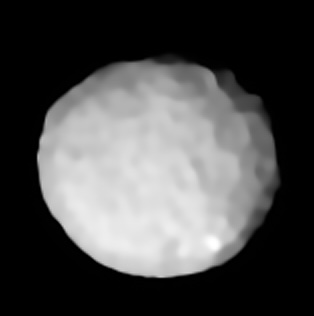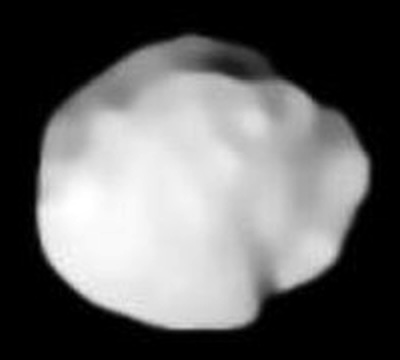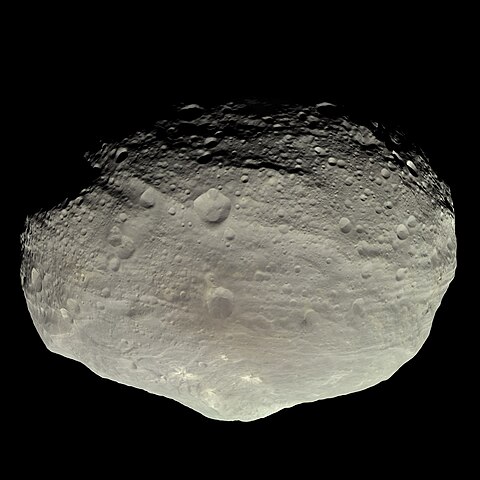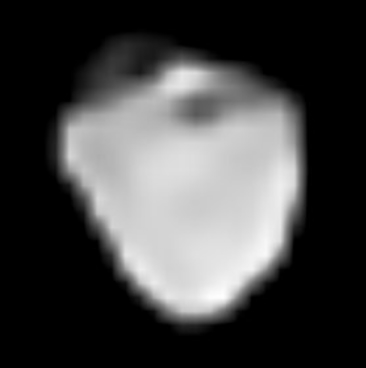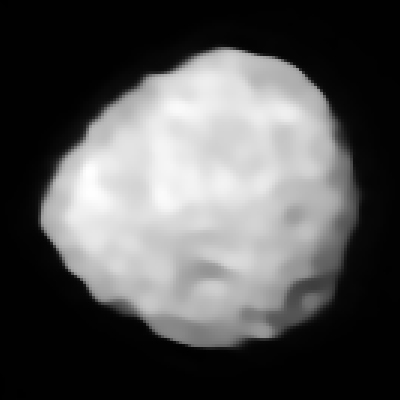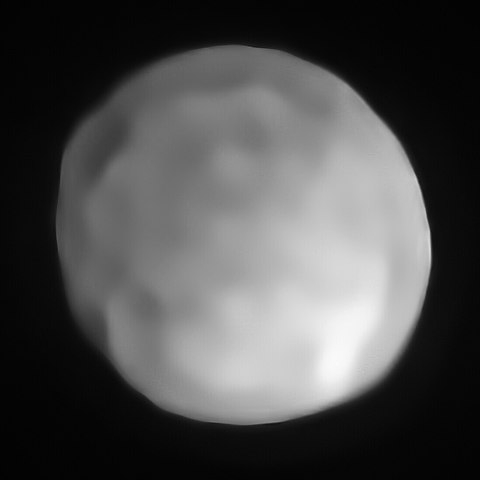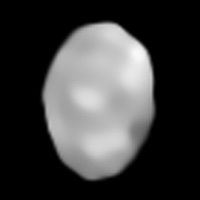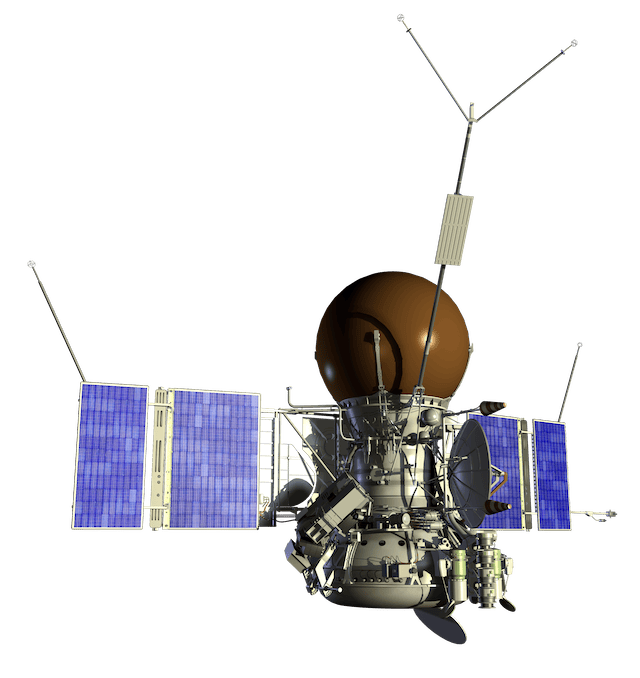1 day / second
0.5 AU
2 Pallas
Asteroid
A massive, highly inclined main-belt asteroid that ranks among the largest known objects in the asteroid belt and exhibits an unusually bright surface due to its primitive, carbon-poor composition.
Key Facts
orbital regime | Asteroid Belt |
learn more | Wikipedia |
mass | 2.0400e+20 kg |
radius | 256 km |
hill radius | 103,444 km |
semi-major axis | 2.767 AU |
eccentricity | 0.23 |
inclination | 34.93º |
longitude of the ascending node | 172.9º |
argument of periapsis | 310.9º |
orbital period | 4.604 years |
surface gravity | 0.021 g |
discovery date | March 28, 1802 |
discovered by | Heinrich Wilhelm Olbers in Bremen |
name origins | Named after Pallas Athena, the Greek goddess of wisdom |
dimensions | 513 kilometers in diameter |
albedo | 0.101-0.155 |
material composition | B-type asteroid |
density | 2.89-3.0 g/cm³ |
